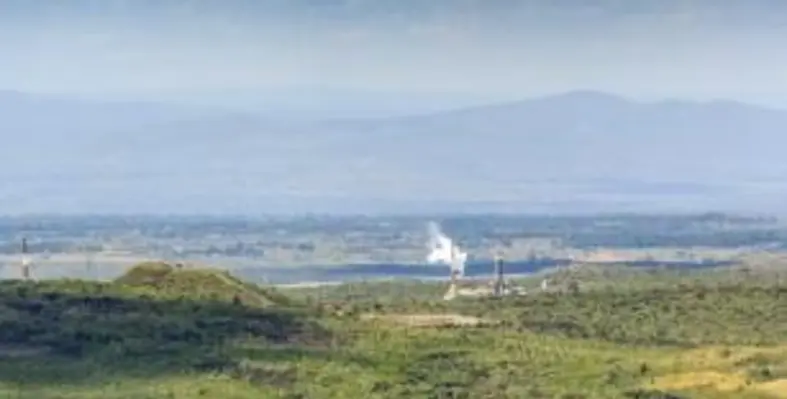Seequent 3D modelling innovation gives vision to geothermal exploration in Africa, a continent on the hunt for renewable energy alternatives
Geothermal power generation is on the rise in Africa. With a global shift to growing clean and renewable energy alternatives and a move away from over-reliance on finite, polluting and costly sources such as fossil fuels, geothermal energy offers an environmentally sustainable and commercially viable solution.
Tackling the burgeoning power supply challenge and creating new investment opportunities is high on the energy agenda for Africa. The continent is undergoing a period of rapid growth and transformation. It is estimated that by 2050, Africa will be home to almost two billion people – double the current population.
In a drive to successfully achieve its social and economic projections, it is imperative that Africa looks to foster and harness alternative and renewable sources of energy to power such accelerated growth, in a more sustainable way. According to a DLA Piper Report 2019, for Africa to remain economically competitive and succeed in the rapidly growing global economy, its future demand for energy will need to be considered and addressed at a legislative, technological, and commercial level.
Geoscience software company Seequent is helping to revolutionise the way renewable geothermal energy production can be explored in East Africa, providing tools that support team efforts for building, maintaining, and communicating geological models to help identify where there is geothermal generation potential.
Leapfrog geothermal software has been used in collaboration with the United Nations Environment Programme (UNEP), New Zealand’s Ministry of Foreign Affairs and Trade (MFAT) and, government-owned organisations throughout the East African Rift (Kenya, Ethiopia, Tanzania, Rwanda, Djibouti and Uganda, amongst others). The purpose has been to promote the use of the software, enabling people to apply industry best practice to their projects and enhance the decision-making process.
Jeremy O’Brien, segment director for Energy at Seequent, said, “The partnership with UNEP, MFAT and African companies is highly rewarding, and it’s exciting to see our software contributing to significant projects and helping people to make better decisions.”
Across East Africa, there is potential for some 20,000MW of geothermal energy generation, according to a report from agencies including UNEP and the Infrastructure Consortium for Africa (ICA). Further exploration into this mostly untapped potential should be endorsed to help provide reliable, long-term, environmentally-balanced energy solutions for the future of Africa.
Geothermal heat can provide baseload electrical power that is not dependent on seasonal rainfall variations (hydropower) or weather conditions (wind or solar power), making it both a reliable and renewable source of energy. However, geothermal exploration can be a long, risky and expensive process requiring special expertise including geological, geochemical and geophysical surveillance to drill steam wells.
Given that geothermal energy is clean, renewable and has a much lower environmental impact than conventional energy sources, with the potential to stimulate economic growth and assist in strengthening social prosperity, it is worth pursuing in Africa’s effort towards a more sustainable future energy supply.






